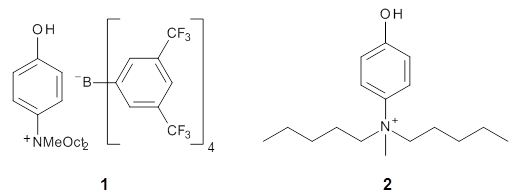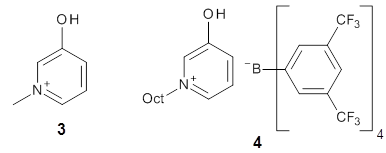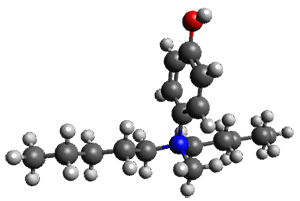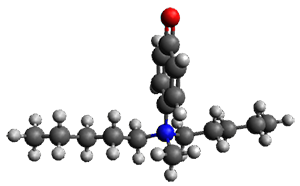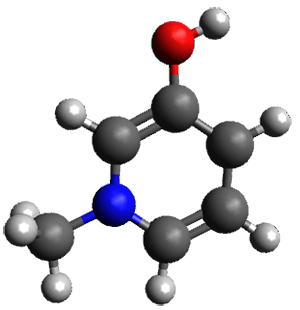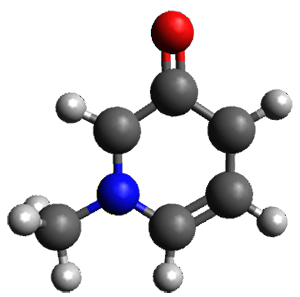Gregory R. Bowman Journal of Computational Chemistry 2015
Contributed by +Jan Jensen
This papers compares computed and experimental order parameters for two proteins, ubiquitin and RNase H, computed using 10, 100, 1000, and 10000 ns (10 $\mu$s) explicit molecular dynamics simulations.
Order parameters quantify the order of particular bonds (typically amide NH and methyl CH) and are typically measured via relaxation-dispersion NMR experiments that are insensitive to dynamics longer than the molecular tumbling time. For ubiquitin and RNase H the tumbling times are 3.5 and 8.5 ns, respectively so the usual assumption would be that a 100 ns simulation is more than enough for both cases.

This work is licensed under a Creative Commons Attribution 4.0
Contributed by +Jan Jensen
This papers compares computed and experimental order parameters for two proteins, ubiquitin and RNase H, computed using 10, 100, 1000, and 10000 ns (10 $\mu$s) explicit molecular dynamics simulations.
Order parameters quantify the order of particular bonds (typically amide NH and methyl CH) and are typically measured via relaxation-dispersion NMR experiments that are insensitive to dynamics longer than the molecular tumbling time. For ubiquitin and RNase H the tumbling times are 3.5 and 8.5 ns, respectively so the usual assumption would be that a 100 ns simulation is more than enough for both cases.
Figure 3. Correlation coefficients (r) and RMSDs between experimental backbone order parameters for RNase H and those calculated from simulations with the Amber03 force field. Mean values from 50 bootstrapped samples are shown as a function of the simulation length for the long-time limit approximation (open diamonds) and from the truncated average approximation (closed circles). The error bars represent one standard deviation. (c) 2015 John Wiley and Sons. Reproduced with permission.Bowman shows that this assumption is not good. For example, for RNase H (Figure 3 from the paper), 100 ns is barely adequate (especially for r) and a 1 $\mu$s simulation is a minimum requirement to demonstrate convergence. As Bowman points out:
Since order parameters are an ensemble average, they have contributions from all populated states, including those separated from the native state by high-energy barriers, which are unlikely to be accessed during nanoseconds of simulation.Using Amber99sb-ILDN and Charmm27 results in similar conclusions. The fact that the agreement with experiment continues to improve as as the length of the simulation increases also suggests that modern force fields predict that the experimentally observed protein structure is in fact a minimum of the free energy surface, which has not always been the case in the past.

This work is licensed under a Creative Commons Attribution 4.0




